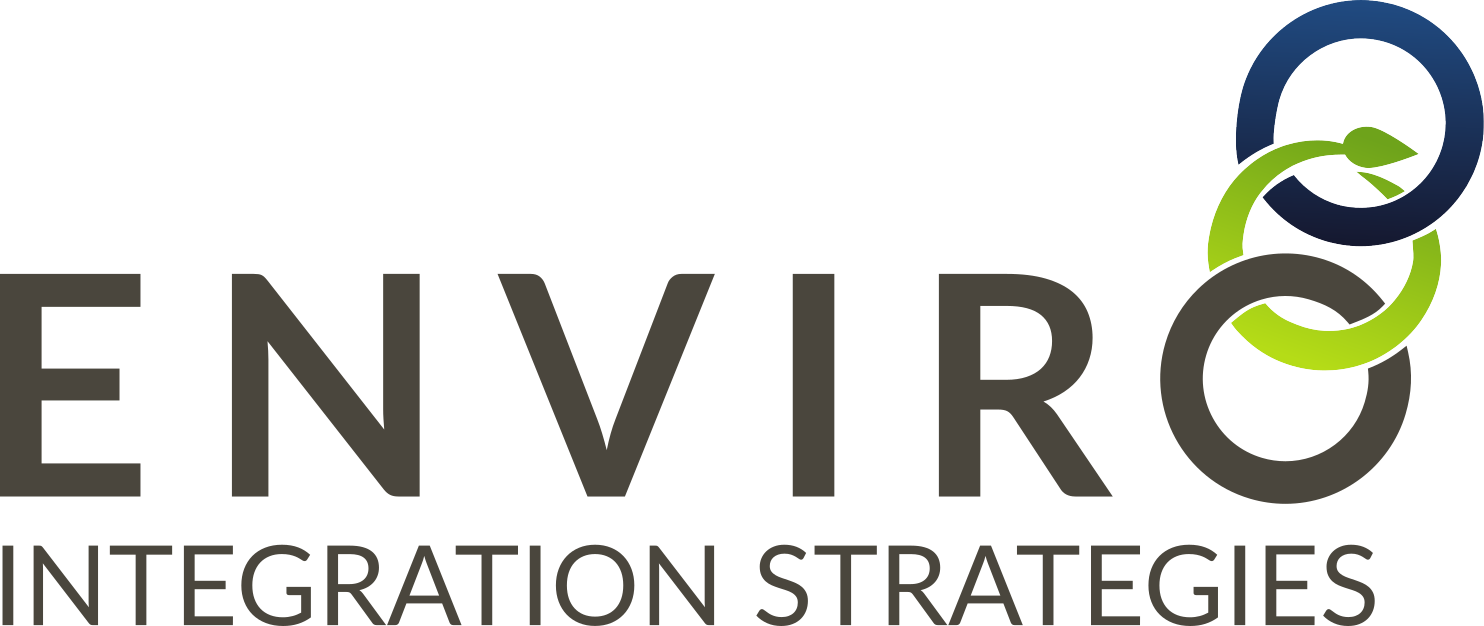Collaborations Lend Support
It’s been some time since the CIM conference has passed. So as a technical stream chair, a society vice chair, a session organizer and speaker, I thought I should reflect on the biggest messages that came across and what’s happening now in response to certain recent major incidents in industry.
One of the first messages that came out loud and clear at the conference this year was around diversity and inclusion - inclusivity in particular, with people working together to collaborate to solve problems. The need and benefits of inclusivity came out time and again - in the content, in the panels, and in the follow up.
We’re seeing a lot of diverse thinking and new collaborations in industry these days. We’ve seen collaboration between suppliers. We’re seeing collaboration between suppliers and owners. We’re seeing collaboration between different industry players both in the same commodity, and in different commodities, and we’re seeing it on the global front too. In particular, we’re having a lot of collaboration around solving big problems like digitization. Like automation. Like in improving tailings management. And in developing high standards for all of these focus areas.
With the recent failures in tailings around the globe and in South America, the devastating consequences of failure have triggered the industry to come together to do something bigger. Not just to improve the standards on a global scale. Not just to share better practices. But also to look for new solutions and finding ways of implementing long-known solutions in more places. For better efficiency, at lower costs, and so on. And for looking for ways to start to eliminate tailings.
This is one of the core areas of interests that has gained recent attention - reducing waste, eliminating wastes, and looking at better alternatives. This challenge will take a global set of eyes and needs to bring in new thinking from outside of industry to solve. It will take bringing in new players who maybe don’t understand the details or risks of mining, but they understand materials, materials management, and the value of advanced materials.
On the digitization front, automation, IOT and other such focuses reliant on rapid exchange of data, we’re finding some interesting collaborations from outside of industry too. We’re having some very great success with these movements and seeing a lot of new ideas come in from hackathons and from developers who really know nothing about mining.
But isn’t that the point of opening the doors to others? To invite others who think differently... and isn’t this where the tie comes in with respect to diversity and inclusion, as has been highlighted so many times?
Having more diverse thought. Ideas coming from different genders, different cultures, different disciplines and experiences, and from different industries. This is where the inclusivity comes in - so critical to making new innovative solutions to our challenges to handle those big challenges that we currently face. We need to open the door and ensure our company cultural environment is open to the different perspectives of many.
In the world of the Environmental and Social Responsibility Society, diversity runs in our blood. Our educational program and initiatives work to address many many many different topics and challenges under the umbrella of sustainable development and social responsibility - both on the technical side, as well as the people side.
We deal with a wide range of challenges to address, and with that our membership includes a large number of people with diverse experiences. We are always practicing inclusivity, and openly challenge each other‘s practices and thoughts, all in the realm of making improvements. We look for new ideas, we look for what’s happening in the research realm, what’s happening in other countries, and what’s happening in other industries for solutions.
Reflecting on abstract submissions for the conference, we can say there was a wide variety of interests displayed: mine electrification, recovery of value from waste, better tailings management practices, better water management practices, water treatment technologies, climate change, social and stakeholder engagement, and partnerships with communities. We really had too many topics to fit just within our stream - a good problem to have, but we wanted to cover them all.
And so it was with that challenge that I was happy to see collaboration amongst all of CIM’s societies this past year - we all worked together to plan for the conference, to develop a well-rounded, integrated and holistic program. This is a change from past practices and was a first for many. It was a positive shift, and I look forward to the coming years as we build on and improve upon what was already a successful outcome. Collaboration is truly a key way to make results stronger, and a practice I live by.
We are already starting to talk about themes and sub-themes for next year’s conference to be held in Vancouver. And I’m happy to say that mine waste management will gain its very own stream this coming year - and happy to make this happen, given all the attention it’s getting right now. Biotechnology seems also to be on the rise (as was shown by more than 2 full days of related content at the very recent Mine & Environment Conference held in Sudbury in June) - we’ll be sure to integrate this into the next program more!
I’d love to hear your takeaways from the CIM conference, and any others you’ve recently attended. Did you share some of these observations? Are there other trends that you think stand out more? Do you agree that collaboration is a path forward to increase the speed of change? And what areas do you believe we need to have more focus on?
